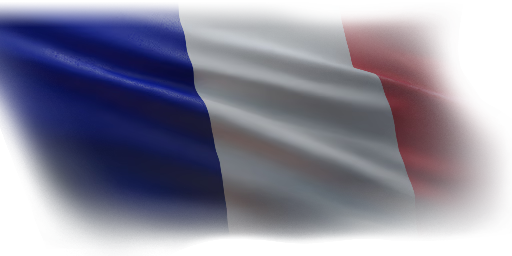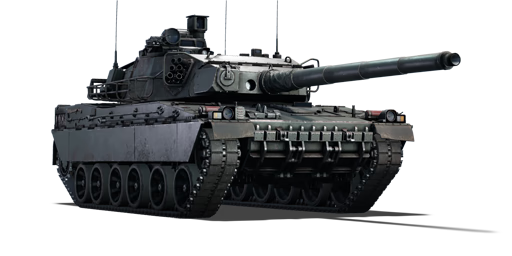The AMX-40 is a special export prototype that was designed by GIAT in the late Cold War as an export tank to replace its predecessors, the AMX-32 P1 and AMX-32 P2. GIAT opted to produce another prototype, the AMX-40 main combat tank, after the previous AMX-32s failed to attract any buyers. The AMX-40's development began in 1980 as a completely new design. It was designed to be a low-cost tank aimed at militaries with limited defence resources, with a weakly armoured hull and good mobility typical of past French main battle tanks, as well as a powerful 120 mm GIAT CN120-25 G1 tank gun. The first prototype was completed in 1983 and displayed at the Eurosatory that year. Two more prototypes were built in 1984, and the fourth and final one was built in 1985. However, towards the end of the Cold War, a large number of surplus main battle tanks became available on the market, and the project was declared a failure and cancelled in 1990 due to lack of interest.
Introduced in Update 1.79 "Project X", the AMX-40 lineage can be traced back to the original AMX-30. Despite being a new design, it inherits many concepts and ideologies from the AMX-32 P1 and AMX-32 P2, which are part of the huge AMX-30 main battle tank family. The AMX-40 offers enhanced survivability on battlefields of greater lethality due to its improved frontal protection compromising composite armour. Overall, it feels like a substantially enhanced AMX-32 P2. Players can be a little more aggressive with this tank since its protection has been improved. However, this does not ensure immunity because most of the opponents at this rank can still penetrate its overall armour.















